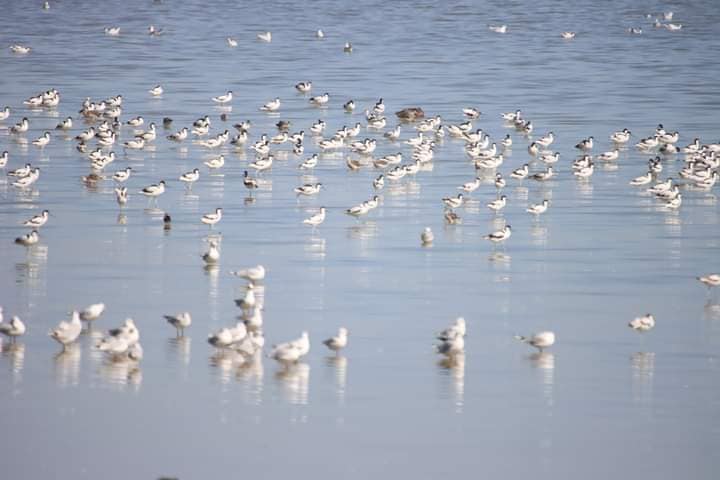The stilt birds, resembling winged zebras, arrived at the Tuzly Estuaries National Nature Park earlier than usual this year from distant Africa. During the full-scale war, their nesting sites in the reserve have repeatedly been subjected to Russian shelling. Rocket explosions have destroyed their usual colony formation areas and also killed some chicks.
Ecologist Ivan Rusev shared insights into the lives of these graceful African birds in Tuzly's Amazon.
Currently, the national park Tuzly Estuaries bears only the remnants of this tragedy: numerous craters from rockets, debris covering the mud, and unexploded rockets that will need to be removed after the war. Over a thousand stilts remain in these areas, continuing to rest and regain strength before their departure.

Stilts typically search for food by wading through shallow waters, sweeping their beaks from side to side and probing the water's surface or plunging their beaks into the mud. Their diet consists of brine shrimp, insect larvae, mollusks, and worms. However, besides natural threats, their way of life is constantly at risk due to combat activities, loss of nesting habitats, coastal development, pollution, and other factors, noted Ivan Rusev.
Stilts are protected by the Red Book of Ukraine, the Bonn Convention, the EU Birds Directive, and the AEWA Agreement. Despite all the difficulties, these birds continue to thrive in certain lagoons such as Shagani, Maloshahansk, Malyy Sasyk, Burnas, and Alibey. However, with the approach of autumn, the stilts are compelled to migrate south.





















